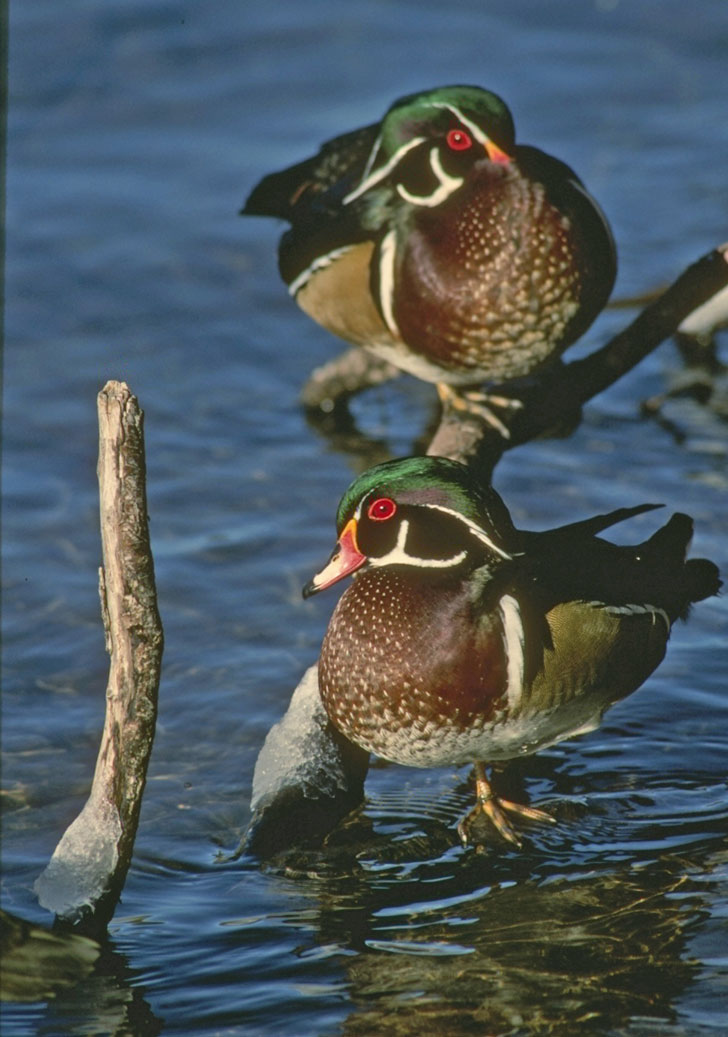North Carolina Wildlife Commission Sets 2018-2019 Migratory Game Bird Seasons
 At its April business meeting, the N.C. Wildlife Resources Commission set season dates, bag limits and applicable regulations for the 2018-19 waterfowl, webless migratory game bird (including doves) and extended falconry seasons.
At its April business meeting, the N.C. Wildlife Resources Commission set season dates, bag limits and applicable regulations for the 2018-19 waterfowl, webless migratory game bird (including doves) and extended falconry seasons.
Selected seasons will also be published in the 2018-19 Inland Fishing, Hunting and Trapping Regulations Digest.
While many seasons remain unchanged, some notable changes are.
- The daily bag limit for pintails has increased to 2 pintails per day. The overall daily duck bag limit remains at 6 ducks per day and with no additional changes compared to the previous hunting season.
- The Southern James Bay Population (SJBP) Hunt Zone for Canada geese has been discontinued. Counties previously included in the SJBP zone will now become part of the Resident Population Hunt Zone. Southern James Bay geese are a shared resource between the Atlantic and Mississippi Flyways with principal wintering areas in Ohio, Michigan and surrounding states. Discontinuation of the SJBP zone in North Carolina is primarily a result of a change in management philosophy for this group of geese.
- Compensatory days will now be allowed for webless species (doves, woodcock, rails and snipe). Previously, due to federal guidelines, North Carolina was required to count Sundays as a hunting day even though there are state prohibitions for hunting migratory game birds on Sunday. Season dates for these species will now reflect the availability of these compensatory days.
- The dove season is extended until Jan. 31. Previously, dove seasons could not run past Jan. 15. This framework date change along with the change to compensatory days was a factor in having the season extend until the end of January.
- Finally, the number of tundra swan hunting permits available in North Carolina remains at 6,250 permits. While this represents no change from the previous year, this is a substantial increase above the 5,000 permits available for a number of years. This increase in permits is in response to recent increases in the eastern population of tundra swans and is allowed under the approved Eastern Population Tundra Swan Management Plan. Hunting for tundra swans is by permit only, and permit holders are allowed one tundra swan per year. Hunters may apply for a tundra swan permit through the Permit Hunting Opportunities Program.

